Reinforcement learning enabled the design of compact and efficient integrated photonic devices Mirbek Turduev1 Emre Bor2 Onur Alparslan3 Y. Sinan Hanay4 Hamza Kurt5
2025-04-29
1
0
669.9KB
6 页
10玖币
侵权投诉
Reinforcement learning enabled the design of
compact and efficient integrated photonic devices
Mirbek Turduev1, Emre Bor2, Onur Alparslan3, Y. Sinan Hanay4, Hamza Kurt5,
Shin’ichi Arakawa3, and Masayuki Murata3
1Department of Electrical and Electronics Engineering, Kyrgyz Turkish Manas University, Bishkek
720042, Kyrgyzstan
2Department of Electrical and Electronics Engineering, TOBB University of Economics and
Technology, Ankara 06560, Turkey
3Graduate School of Information Science and Technology, Osaka University, Osaka 565-0871, Japan
4Department of Computer Engineering, Akdeniz University, Antalya 07070, Turkey
5School of Electrical Engineering, Korea Advanced Institute of Science and Technology (KAIST),
Daejeon, 34141, Republic of Korea
E-mail: mirbek.turduev@manas.edu.kg
Received xxxxxx
Accepted for publication xxxxxx
Published xxxxxx
Abstract
In this paper, we introduce the design approach of integrated photonic devices by employing
reinforcement learning known as attractor selection. Here, we combined three-dimensional
finite-difference time-domain method with attractor selection algorithm, which is based on
artificial neural networks, to achieve ultra-compact and highly efficient photonic devices with
low crosstalk such as wavelength demultiplexers and a polarization splitter. The presented
devices consist of silicon-on-insulator materials, which are compatible with complementary
metal-oxide-semiconductor technology, and their structural dimensions enable the possible
fabrication process in the future. The numerical results are presented for the near-infrared
wavelengths at around 1550 nm, and the performance of designed photonic devices with
footprint of 33 µm2 are compared with the previously reported structures. Consequently, the
reinforcement learning is successfully applied to design smaller and superior integrated
photonic devices where the use of presented approach can be further expanded to different
applications.
Keywords: integrated photonic devices, wavelength demultiplexer, polarization beamsplitter, machine learning, artificial
neural networks, reinforcement learning
1. Introduction
Design of photonic devices are, in general, based on
physical knowledge and intuition where small number of
structural parameters are finely tuned by hand. Nevertheless,
brute-force designs are incompetent to reveal efficient
photonic devices. In the last decade, novel design approaches
introduced which mainly integrate optimization algorithms
with numerical methods to form remarkable photonic devices
by genuinely calculating the interaction between light and
matter. In this manner, various photonic devices are
presented such as subwavelength focusing lenses, mode
order converters, asymmetric light transmitters and optical
cloaks [1–6]. Evidently, these approaches took the design of
photonic devices one step further.
In recent years, the so-called “inverse-design” methods,
which use mostly silicon-on-insulator (SOI) materials, are
2
introduced to design ultra-compact, highly efficient and
complementary metal-oxide-semiconductor (CMOS)-
compatible integrated photonic devices. For instance, an
approach based on convex optimization is presented to
design several wavelength demultiplexers [7–10]. Also,
direct-binary search algorithm is applied to design a
polarization beamsplitter and a polarization rotator [11, 12].
Lately, machine learning and artificial neural networks
have attracted great interest from researchers and enabled
design of photonic devices in a different manner. For
example, deep learning accelerated the design of an all-
dielectric metasurface structures [13, 14]. Also, Bragg
grating devices are obtained by training artificial neural
networks [15]. In addition, a machine learning algorithm is
proposed for focusing and optical coupling of light [16].
Moreover, a reinforcement learning is applied to design
optical coupler and asymmetric light transmitter devices [17].
In the present study, we demonstrate the design of
wavelength demultiplexers and a polarization beamsplitter
operating at near-infrared wavelengths via attractor selection
(AttSel) algorithm which is considered as reinforcement
learning and based on artificial neural networks [18, 19]. For
this purpose, we combined the algorithm and three-
dimensional (3D) finite-difference time-domain (FDTD)
method [20]. The designed structures exhibit high optical
performance in an ultra-compact area and their numerical
investigations are presented in detail. It should be noted that
fabrication constraints are considered throughout the design
process [11] which enables the possible fabrication of
devices in the future. We believe that the proposed approach
is not only restricted to design integrated photonic devices,
but it may lead the advances in different photonic designs.
2. Design approach and numerical investigation of
integrated photonic devices
Even though photonic integrated circuits have superior
features comparing to integrated electronic circuits, they
have a main deficiency of lower integration density [21, 22].
On the other hand, there is a trade-off between optical
performance and structural dimensions of a photonic device.
For this reason, designing a highly efficient photonic
structure with small footprint is a challenge which can be
overcome by applying advanced search algorithms or
machine learning.
In general, machine learning is divided into two branches
such as supervised learning and unsupervised learning. In
these branches, simply, a data set is considered to train and
test the learning algorithm where data are independently
collected, i.e., the algorithm does not have any effect on
during the collection process of data. On the other hand,
artificial neural networks (ANNs) are considered as the
subclass of machine learning methods which is powerful for
modelling nonlinear relationships.
In a very recent study, ANNs are applied to characterize
the cases of “forward” and “inverse” designs [15]. An ANNs
is applied to map four structural parameters of Bragg
gratings to two optical characteristics. In forward modelling,
the selected four structural parameters are considered as
input to ANNs whereas the two optical characteristics are
used as output. In inverse modelling, the input and output
parameters are switched. In other words, two optical values
are inserted as inputs to ANNs whereas four structural values
are introduced as outputs. As a result, as expected, ANNs
easily found the nonlinear relationship between small
number of input and output parameters. In similar cases,
ANNs is applied for a regression problem which is
considered as a branch of supervised learning.
However, in the studies of inverse design of photonic
devices, hundreds of structural parameters are optimized to
find only one or small number of optical characteristics [1–
12]. In this case, for inverse modelling, a simple regression
method based on ANNs would not be able to find the
characteristics between large number of structural parameters
and small number of output values. The reason of this
possible failure is that the small number of input parameters
may not be informative enough for ANNs to map them to
large number of output parameters. Moreover, in the case of
inverse modelling, if a data set does not contain any results
of good optical characteristics, ANNs would not predict
structural parameters for a desired optical performance since
ANNs do not operate as search/optimization algorithms.
To overcome this issue, another branch of machine
learning known as reinforcement learning would be
reasonable to apply for photonic designs. In the
reinforcement learning, the algorithm works during the
sampling of data set which differs from supervised and
unsupervised learning. Therefore, a reinforcement learning
algorithm can find the values of large number of structural
parameters for even small number of desired optical
characteristics. For this reason, in our recent work, we have
applied AttSel algorithm which is a reinforcement learning
method, to design optical coupler and asymmetric light
transmitter [17].
AttSel models the interaction of the metabolic reaction
network and the gene regulatory network in a cell [18]. The
cell growth requires converting the nutrition in the
environment by metabolic reactions of proteins to the
substances necessary for the growth. The proteins that carry
out this conversion are produced by the gene reaction
network, where each gene has an expression level for
controlling the protein production level. The expression
levels change with the rate of substance production. If the
substance production rate is high, it implies that the
conditions are favorable, so the state is saved as an attractor
摘要:
展开>>
收起<<
ReinforcementlearningenabledthedesignofcompactandefficientintegratedphotonicdevicesMirbekTurduev1,EmreBor2,OnurAlparslan3,Y.SinanHanay4,HamzaKurt5,Shin’ichiArakawa3,andMasayukiMurata31DepartmentofElectricalandElectronicsEngineering,KyrgyzTurkishManasUniversity,Bishkek720042,Kyrgyzstan2DepartmentofEl...
声明:本站为文档C2C交易模式,即用户上传的文档直接被用户下载,本站只是中间服务平台,本站所有文档下载所得的收益归上传人(含作者)所有。玖贝云文库仅提供信息存储空间,仅对用户上传内容的表现方式做保护处理,对上载内容本身不做任何修改或编辑。若文档所含内容侵犯了您的版权或隐私,请立即通知玖贝云文库,我们立即给予删除!
分类:图书资源
价格:10玖币
属性:6 页
大小:669.9KB
格式:PDF
时间:2025-04-29




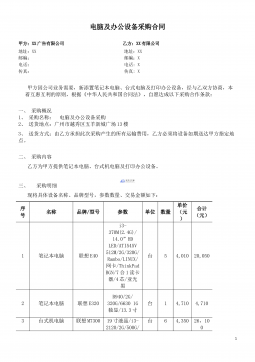
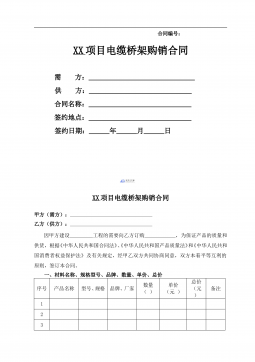
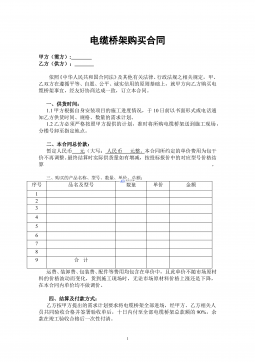


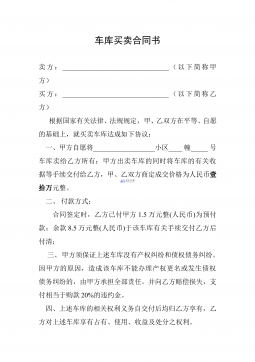
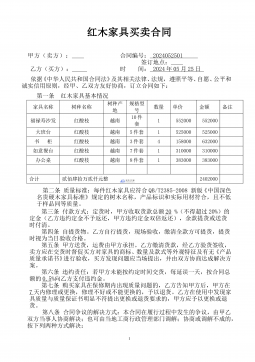
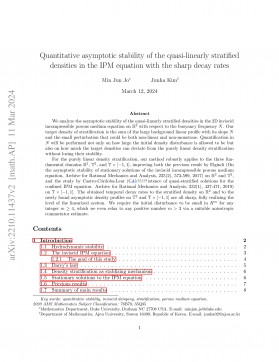
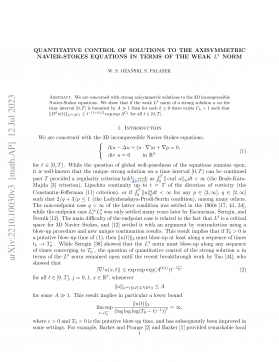





 渝公网安备50010702506394
渝公网安备50010702506394
